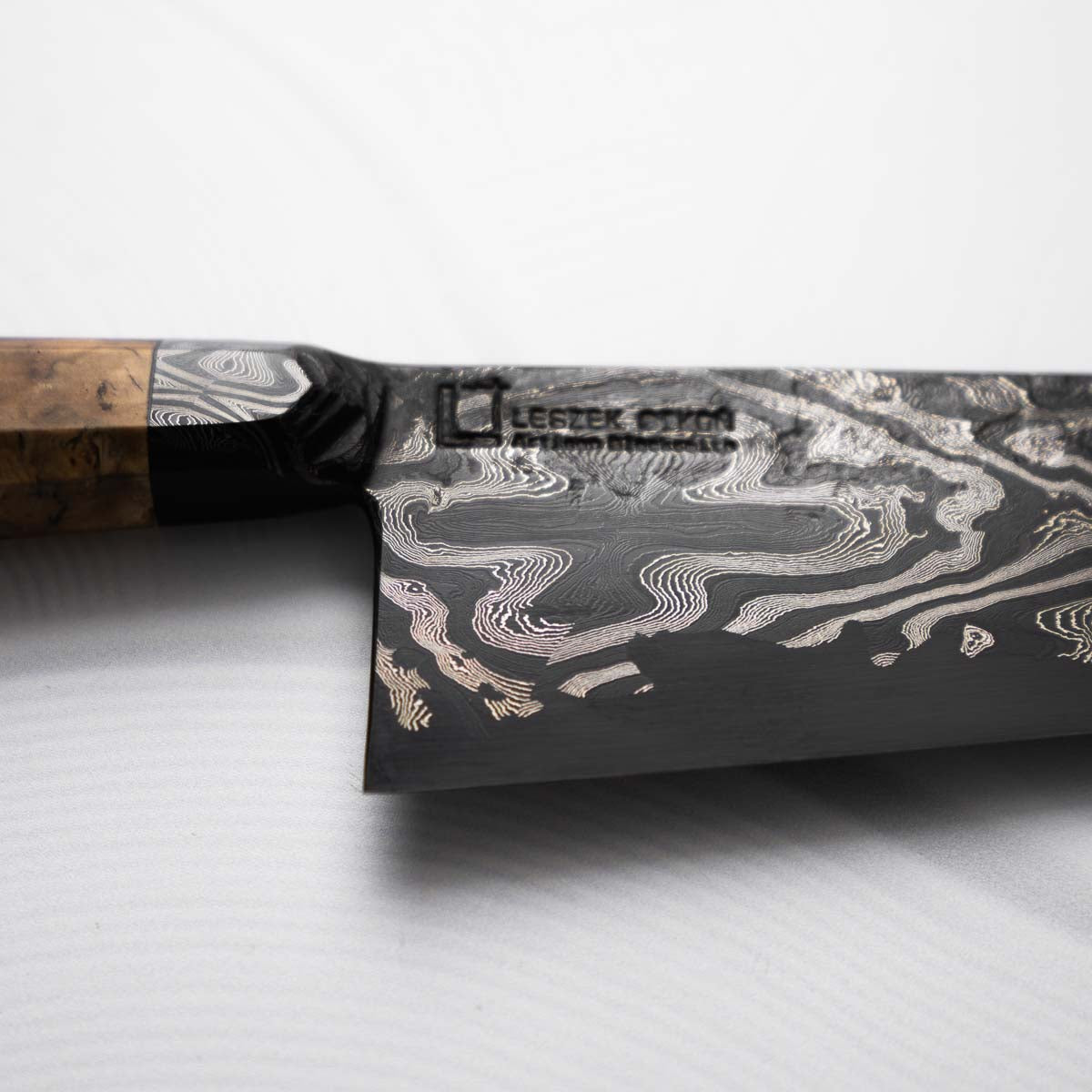
Choosing Your First Japanese Knife: A Beginner's Guide (2024)
Embarking on the culinary journey with a Japanese knife in your hand is like starting an art project with the finest brush. It's an exciting foray into the world of precision, quality, and tradition. This guide aims to navigate beginners through the process of selecting their first Japanese knife, ensuring a match that complements both skill level and culinary needs.
Understanding Japanese Knives: Before diving into the selection process, it's crucial to understand what makes Japanese knives special. Known for their sharpness, durability, and meticulous craftsmanship, these knives come in various types, each designed for specific tasks. From the versatile Santoku to the precise Sujihiki, the variety ensures there's a knife for every kitchen activity.
Identifying Your Needs: The first step in choosing a knife is to assess your cooking style and what you most often cook. If you're a versatile cook, a multi-purpose knife like the Gyuto or Santoku might be ideal. For those who specialize in fish or vegetables, specific designs like the Yanagiba or Nakiri could be more suitable.
Material Matters: Japanese knives are typically made from either carbon steel or stainless steel. Carbon steel knives are known for their sharpness and ease of sharpening but require more maintenance to prevent rust. Stainless steel knives are more rust-resistant and easier to maintain, making them a good option for beginners.
Handling and Comfort: The best knife feels right in your hand. It's balanced, with a handle that complements your grip style. When starting, it might be beneficial to handle a few different types before making a purchase to understand what feels most natural.
Care and Maintenance: Caring for a Japanese knife is as important as choosing one. Beginners should learn the basics of cleaning, storing, and sharpening to ensure the longevity of their knives. Regular care will keep the blade in optimal condition and extend its life significantly.
Share
